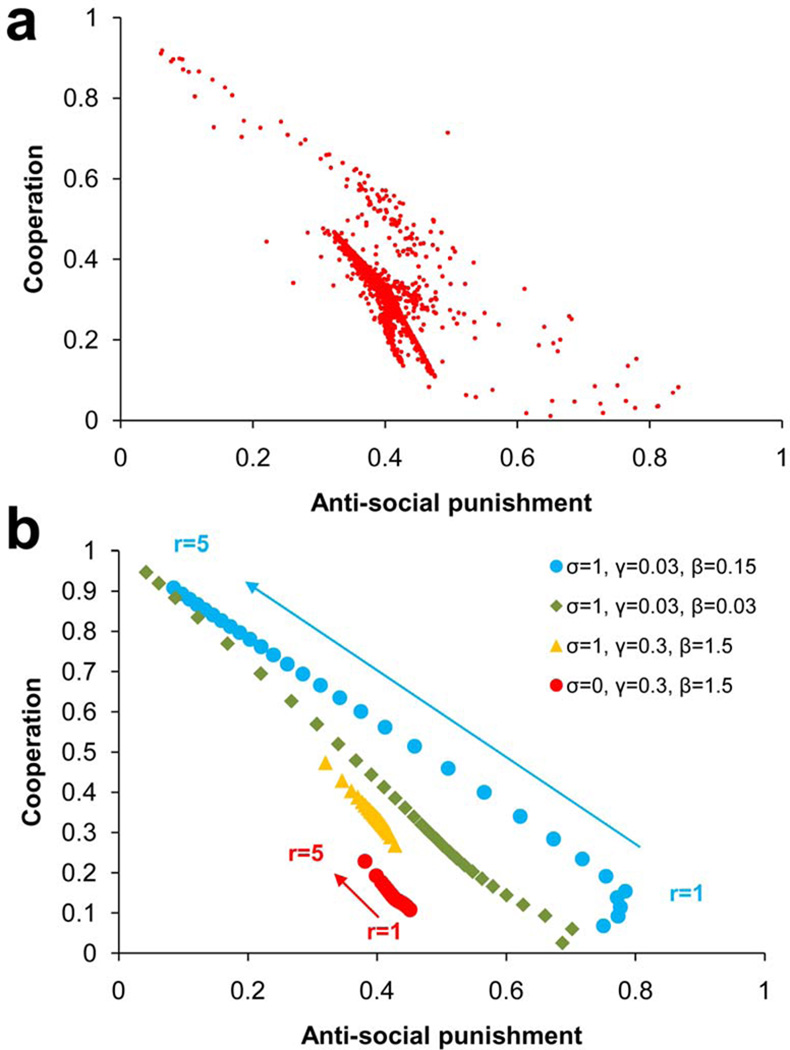Figure 3. Inverse relationship between cooperation and anti-social punishment across parameters.
(a) The steady state frequency of cooperation and anti-social punishment from 5,000 random parameter sets is shown. An inverse relationship is clearly visible: when antisocial punishment is rare, cooperation (and pro-social punishment) are common. (b) To explore this relationship, we vary r from (σ-c) to 5 for various values of σ, γ, and β, fixing N=100, n=5, and c=1. We see that increasing r always increases cooperation while decreasing anti-social punishment. We also see that when β is small, the range of cooperation and anti-social punishment values is large, whereas values are tightly constrained when β is larger. Achieving high levels of cooperation and low levels of anti-social punishment requires both large expected returns on public investment (large r) and symbolic punishments (small β).

